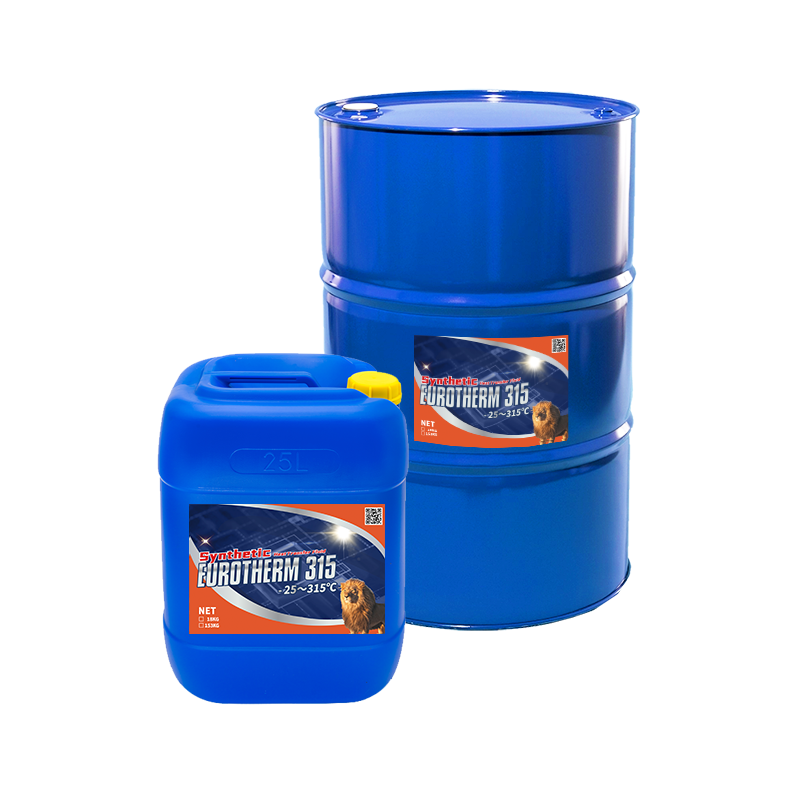See This Report on Chemie
Table of Contents9 Simple Techniques For ChemieThe smart Trick of Chemie That Nobody is Talking AboutChemie Fundamentals ExplainedThe Facts About Chemie UncoveredSome Known Facts About Chemie.Chemie for Dummies
By Bojanna Shantheyanda, Sreya Dutta, Kevin Coscia and David SchiemerDynalene, Inc. Fluid cooling, which can be attained making use of indirect or straight means, is used in electronics applications having thermal power densities that might go beyond safe dissipation via air cooling. Indirect liquid air conditioning is where warm dissipating electronic components are literally divided from the liquid coolant, whereas in case of direct air conditioning, the elements are in straight call with the coolant.Nevertheless, in indirect cooling applications the electric conductivity can be crucial if there are leakages and/or splilling of the fluids onto the electronics. In the indirect air conditioning applications where water based fluids with deterioration inhibitors are typically made use of, the electrical conductivity of the fluid coolant generally depends on the ion focus in the liquid stream.
The increase in the ion concentration in a shut loop liquid stream may occur as a result of ion seeping from metals and nonmetal components that the coolant fluid touches with. Throughout operation, the electrical conductivity of the fluid may raise to a degree which might be unsafe for the air conditioning system.
5 Easy Facts About Chemie Shown
(https://www.gaiaonline.com/profiles/chemie999/46990986/)They are grain like polymers that are qualified of exchanging ions with ions in an option that it is in contact with. In the existing job, ion leaching examinations were done with different steels and polymers in both ultrapure deionized (DI) water, i.e. water which is treated to the highest degree of purity, and reduced electrical conductive ethylene glycol/water combination, with the determined adjustment in conductivity reported in time.
The examples were enabled to equilibrate at area temperature for 2 days prior to tape-recording the preliminary electric conductivity. In all tests reported in this study liquid electrical conductivity was measured to a precision of 1% utilizing an Oakton disadvantage 510/CON 6 series meter which was adjusted prior to each measurement.
Everything about Chemie
from the wall heating coils to the center of the heating system. The PTFE sample containers were placed in the furnace when consistent state temperature levels were gotten to. The examination arrangement was gotten rid of from the heater every 168 hours (7 days), cooled down to area temperature with the electrical conductivity of the liquid determined.
The electrical conductivity of the liquid sample was monitored for a total amount of 5000 hours (208 days). Figure 2. Schematic of the indirect closed loop cooling experiment set up - silicone fluid. Table 1. Components made use of in the indirect shut loop cooling experiment that touch with the fluid coolant. A schematic of the speculative arrangement is displayed in Number 2.

Chemie Fundamentals Explained
Throughout procedure the fluid reservoir temperature was preserved at 34C. The change in liquid electric conductivity was checked for 136 hours. The fluid from the system was accumulated and kept. Likewise, shut loophole test with ion exchange resin was accomplished with the very same cleaning procedures used. The preliminary electrical conductivity of the 230ml UP-H2O in the system measured 1.84 S/cm.

0.1 g of Dowex material was included to 100g of liquid examples that was taken in a separate container. The combination was stirred and change in the electric conductivity at space temperature level was gauged every hour. The measured adjustment in the electric conductivity of the UP-H2O and EG-LC examination fluids consisting of polymer or steel when involved for 5,000 hours at 80C is revealed Figure 3.
Some Known Factual Statements About Chemie
Figure 3. Ion leaching experiment: Measured adjustment in electric conductivity of water and EG-LC coolants having either polymer or metal samples when submersed for 5,000 hours at 80C. The results show that metals added less ions right into the fluids than plastics in both UP-H2O and EG-LC based coolants. This could be due to a thin steel oxide layer which might function as an obstacle to ion leaching and cationic diffusion.
Fluids having polypropylene and HDPE showed the most affordable electrical conductivity modifications. This might be as a result of the short, rigid, linear chains which are less most likely to add ions than longer branched chains with weaker intermolecular forces. Silicone also did well in both test fluids, as polysiloxanes are normally chemically inert because of the high bond power of the silicon-oxygen bond which would certainly avoid degradation of the product into the fluid.
Fascination About Chemie
It would certainly be anticipated that PVC would create similar results to those of PTFE and HDPE based upon the similar chemical structures of the products, nevertheless there might be other contaminations present in the PVC, such as plasticizers, that might impact the electric conductivity of the fluid - high temperature thermal fluid. Additionally, chloride teams in PVC can additionally seep right into the test liquid and can trigger an increase in electrical conductivity
Buna-N rubber and polyurethane showed indicators of destruction and thermal decay which suggests that their possible utility as a gasket or glue material at higher temperature levels might bring about application problems. Polyurethane entirely broke down right into the test fluid by the end of 5000 hour examination. Figure 4. Before and after photos of steel and polymer examples immersed for 5,000 hours at 80C in the ion seeping experiment.
Measured adjustment in the electrical conductivity of UP-H2O coolant as a function of time with and without resin cartridge in the shut indirect air conditioning loophole experiment. The measured adjustment in electrical conductivity of the UP-H2O for 136 hours with and without ion exchange material in the loophole is displayed in Learn More Here Number 5.